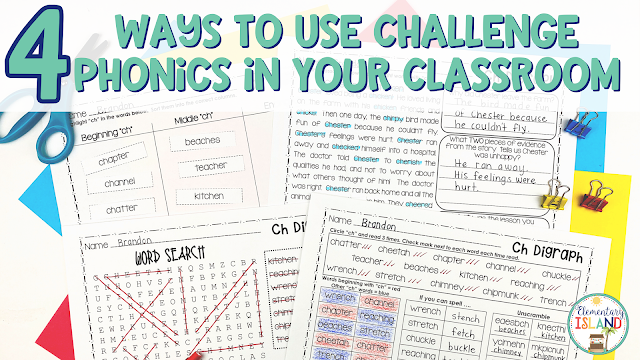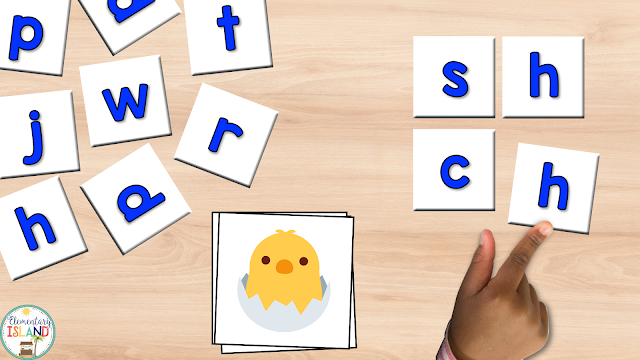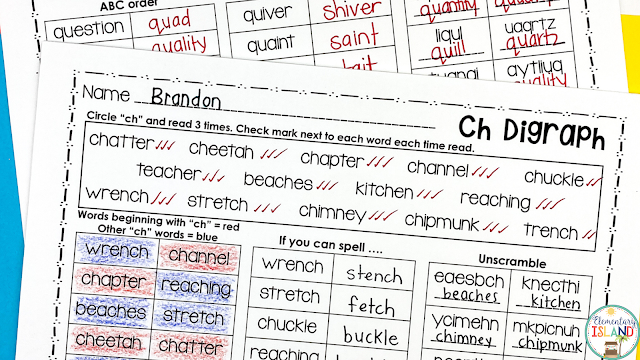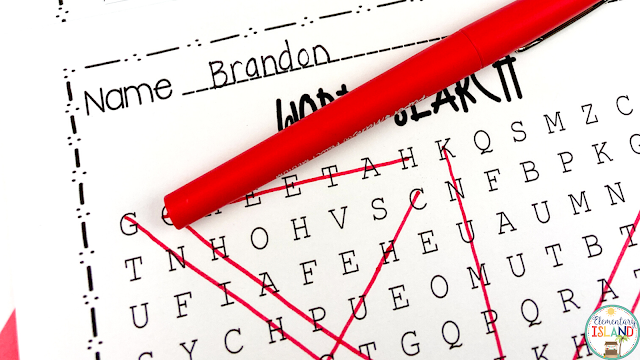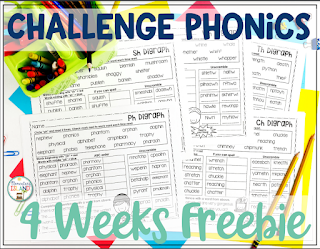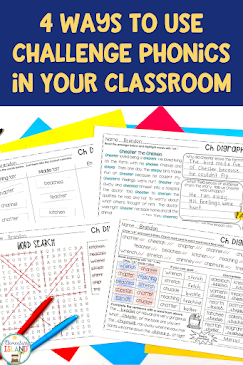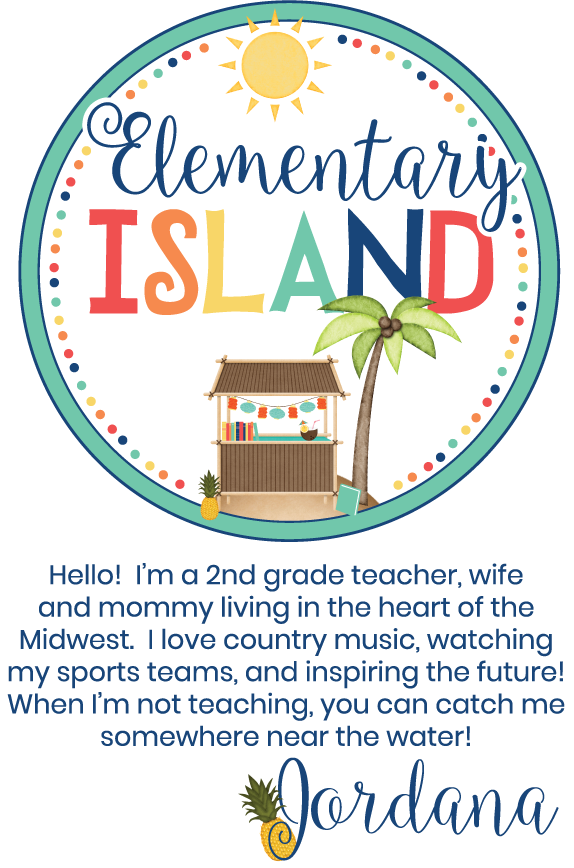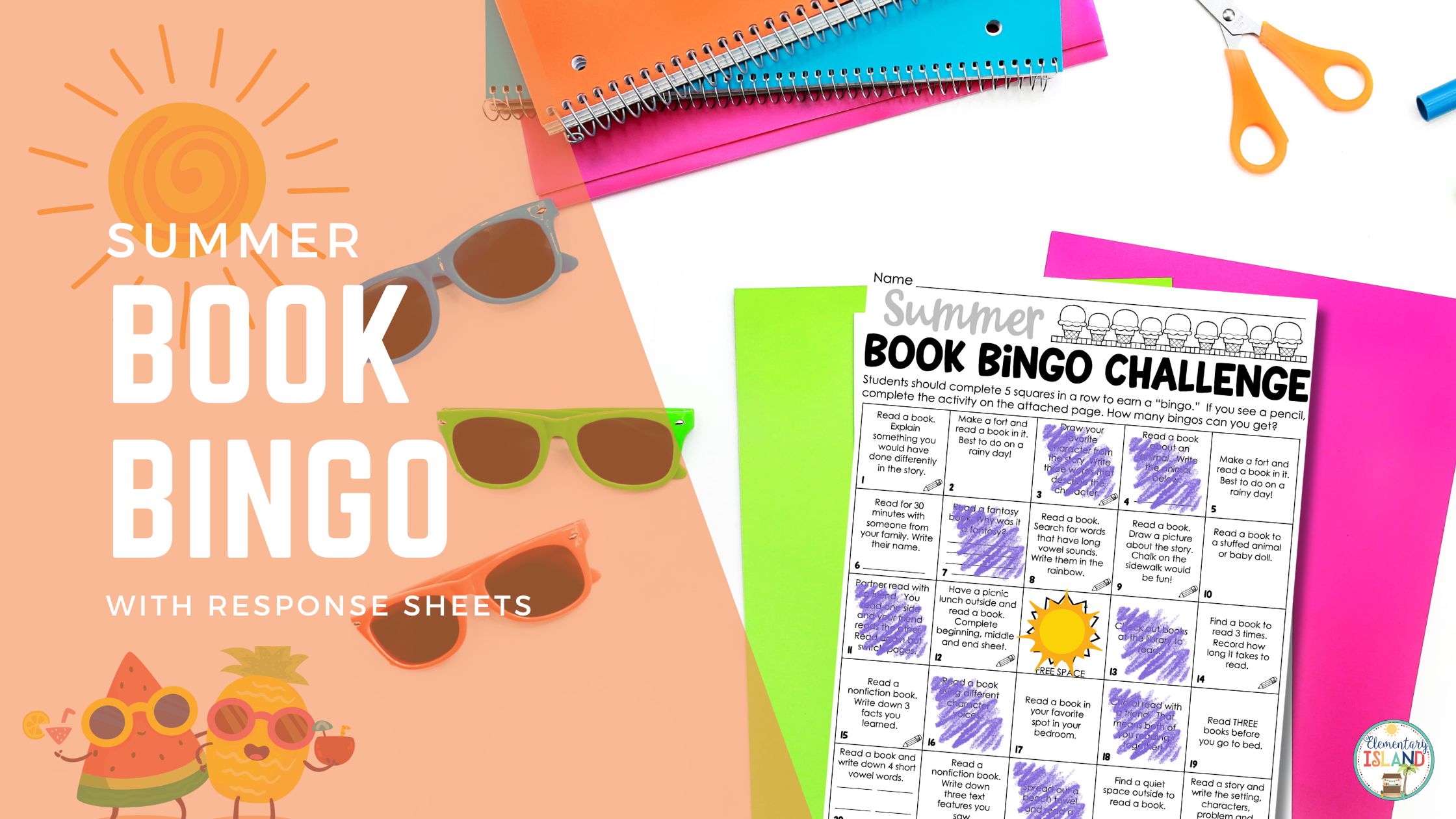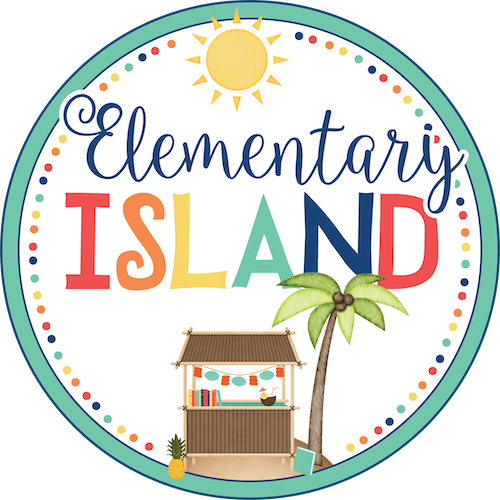As ELA teachers, we all want our students to become confident and proficient in reading and spelling English. But English can be a tricky language! If only learning to read English was as easy as learning the letters and their sounds. The next step is introducing digraphs, which can be a tricky concept for many students. But don’t worry, having a structured approach to teaching phonics can help your students become great readers and spellers. And that’s where Challenge Phonics comes in! Keep reading to find out how Challenge Phonics can help your students master digraphs.
What are digraphs and why are they important?
Digraphs can be challenging for younger readers because they represent sounds that don’t match up with the basic phonics rules they have learned. Just when students learn each individual sound, we start changing the rules. Students learn early on what sound the letters “c” and “h” say on their own, but Challenge Phonics teaches students that “ch” says a completely different sound when they are placed together. By using Challenge Phonics, students will learn to recognize those tricky digraphs, making them more confident readers!
Teaching phonics is important because it:
-
Improves reading fluency. Students can begin tackling more difficult words because they know diagraphs make a new sound together. They don’t have to struggle to sound out each individual letter.
-
Enhances spelling ability. Knowing advanced phonics skills helps students spell words containing digraphs because they recognize which letter combinations work together to make those sounds and will use the correct digraphs when spelling.
-
Makes reading easier and more enjoyable. When our students understand complex phonics rules and patterns, they are more likely to enjoy reading and writing because reading isn’t a struggle for them.
So how do you help your students get all of these benefits? Challenge Phonics to the rescue! This done-for-you phonics resource has everything you need to help your students master digraphs and other important phonics concepts while saving you time.
Challenge Phonics is designed to provide higher-level phonics activities to help you challenge all of the students in your class. Many students will be challenged working on digraphs with one syllable words, but others will need more of a challenge. Challenge Phonics allows all of your students to work on the same skill but at their just-right level!
1. Start With Hands-On Activities!
As teachers, we know that hands-on activities are an important part of the learning process. When teaching phonics, it’s important to use a multisensory approach that engages all of the senses! This is something I incorporate from the beginning as I am introducing a new concept.
Here are a few fun and easy hands-on activities you can use to teach and practice digraphs.
- Have students work with letter tiles or magnetic letters to create digraphs and repeat the sound it makes. You can extend this by adding some picture cards and having students say the word, listen for the digraph sound, and then build the proper digraph.
- Spray foam shaving cream on students’ desks and have students write the digraph after listening to you say the sound. Then have them repeat the sound.
- Allow students to dig through a sensory bin to find hidden letter tiles. Then let them work together to make a digraph. Once they find a match they can say the sound the digraph makes.
- Have students string letter beads onto pipe cleaners to make a digraph and repeat the sound it makes as they slide the beads toward each other.
When you allow your students to use their hands and bodies to explore new ideas, their brains make connections quicker and the information is less likely to be forgotten. By starting off with hands-on activities, you are explicitly teaching the concept of digraphs and can now move on to practice!
2. Give students lots of isolated practice with specific digraphs
Like with any skill, repetition, and practice are key to mastering digraphs. Once students have learned that the letters ‘c’ and ‘h’ together say “ch”, give them practice seeing this “ch” digraph in action!
I love using the digraph practice pages from my Challenge Phonics resource! These pages work perfectly for small group instruction, independent practice, or as a center activity.
My students love these pages because they never get bored. There are several activities to complete, on each page which keeps them engaged. I love that each activity gets them thinking and working with the target digraph in a different way.
Activities on each page include:
- repeated reading of words
- sorting based on beginning/ending digraph sounds
- unscrambling words
- completing sentences with the correct word
and more! They are also a great activity for building vocabulary, which is an added bonus!
This practice page gives students lots of interaction with how to say the digraph, what it looks like in actual words, as well as how to write it. Once students have practiced this digraph in isolated words, it’s time to help them easily recognize digraphs as quickly as possible.
3. Build automaticity of digraphs
In the beginning, you want students to be able to find digraphs in words when they look for them. But eventually, you want students to know digraphs so well, that it becomes automatic for them. Students no longer have to think about digraphs, they just know them!
Repetition of skills is the best way to build automaticity, so I give my students fun word sorts and word searches for this very reason! Using the word sort in my Challenge Phonics pack, students get to highlight the digraph in each word, cut out the word list, and sort the words based on where the digraph falls in the word. They get really good at identifying whether the digraph sound is at the beginning, in the middle, or at the end of the word. Students then glue the words into the proper columns.
I also love using word searches! These puzzles require kids to visually scan through all those letters to find the words that contain the specific digraph we’re studying. Word searches help develop students’ visual recognition skills, which are essential for building automaticity with digraphs.
This continued repetition helps to reinforce learning and makes these digraphs stick in students’ long-term memory. When kids are repeatedly exposed to digraphs, they are more likely to remember the sounds associated with those letter combinations. Using these worksheets as morning work or centers are a great way to make repetition more fun!
Now that students have had several different activities working with the same digraph, it’s time to move on to giving students the opportunity to recognize these digraphs in longer text!
4. Put students’ knowledge to the test
Your students are feeling confident about what they have learned about the digraph they have been working on, but how do you know they really “get it”?
Students who understand digraphs should be able to read words containing those letter combinations with accuracy and fluency. Asking students to read words on flashcards is one way of doing this, but I also want to see that my students can read these words in actual text rather than just in isolation.
One of my favorite pages in my Challenge Phonics resource is the reading comprehension page! Students are challenged to read a paragraph that uses as many words containing the digraph we are focusing on as possible. Students will read this story a total of 3 times to practice those digraph words and help build their fluency.
To be sure students understand what they read in the story, there are 3 reading comprehension questions that students must answer as well. Using these questions to check student comprehension of the text can tell you whether they truly understand the digraphs in context.
Want to give Challenge Phonics a try in your classroom?
I know just how helpful and effective Challenge Phonics has been in my classroom. That’s why I want you to try it out in your classroom! I truly believe that it won’t take you long to see how valuable Challenge Phonics is for your students.
Grab this FREE
4-week pack of Challenge Phonics activities. In this free set, I have included 4 different phonics skills or concepts. That way, no matter what time of year you grab this, there is something you can use right away! This free
Challenge Phonics pack includes activities for teaching and practicing digraphs, diphthongs, long vowels, and -or words.
Are you ready to challenge your students?
When it comes to our students, we want to give them every opportunity to grow their reading skills as much as we can throughout the year. If you have students who are ready to move beyond basic phonics, then my
Challenge Phonics Digraphs Worksheet resource is just the thing you need! It’s the perfect way for all your students to work on the same skill but at different levels. Challenge Phonics works well with advanced 2nd grade students and 3rd graders.
This resource includes the activities mentioned in this post for the digraphs: ch, sh, th, wh, ph, ck, kn, wr, and qu! Head on over to my TPT Store to grab this pack and get this digraph party started!
And. . . if you are ready to add Challenge Phonics to your classroom all year long, then check out the
Challenge Phonics Bundle. This bundle includes everything you need for teaching and practicing digraphs, diphthongs, long vowels, r-controlled vowels, and three letter blends! And. . . all for less than a fast-food meal for your family.
Pin this Post on Pinterest
Be sure to save this post to your favorite reading activities board on Pinterest so you’ll have these ideas when you need them!


